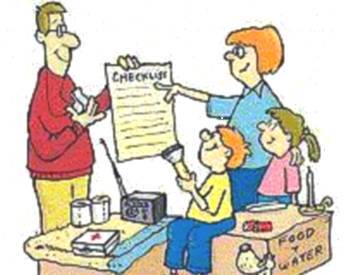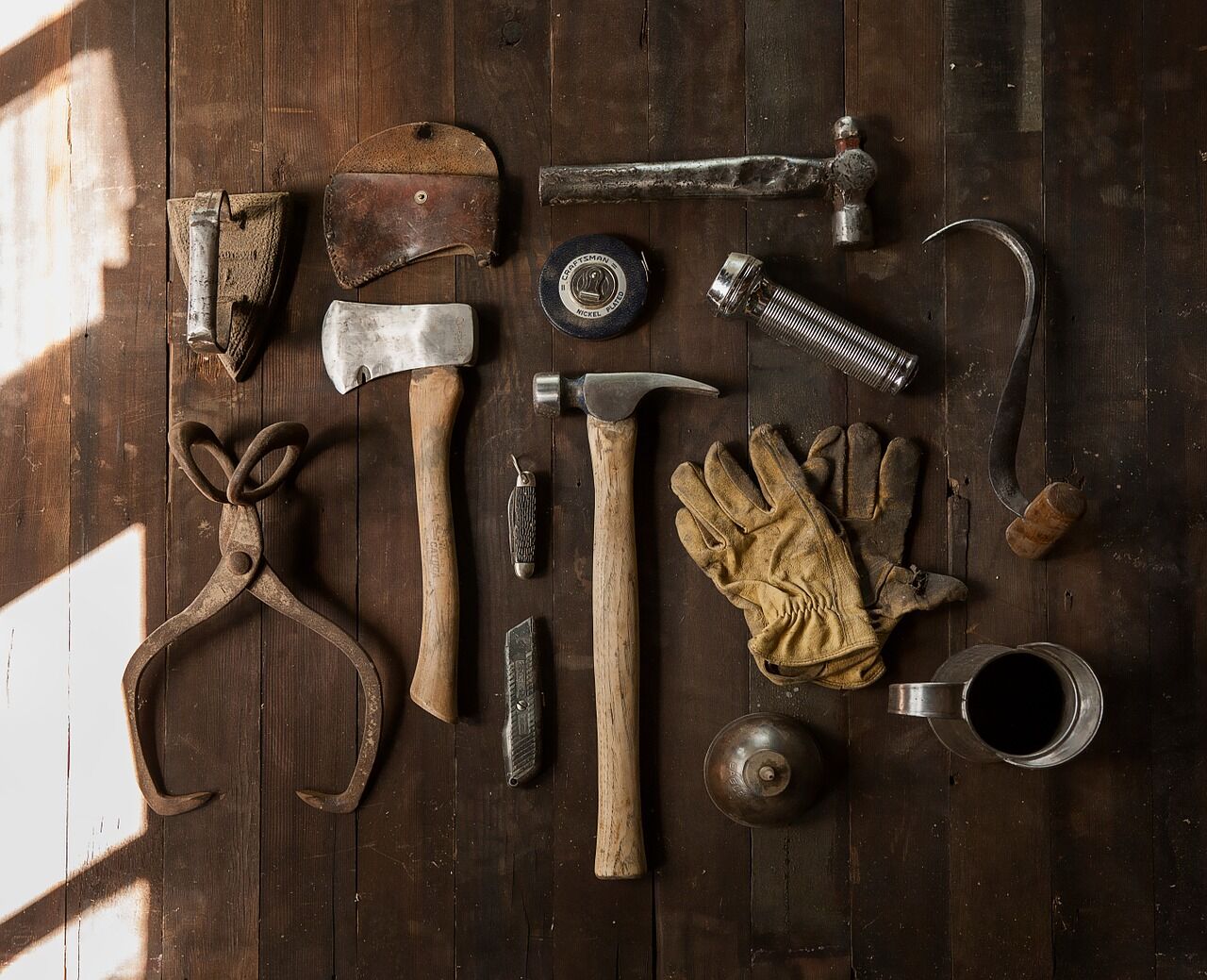Just like everybody else, I am unique. In the disaster prepper field I am unique in that I am both a diehard personal prepper and a college trained emergency management professional. I did not become one because of the other; my personal preparedness mindset comes from my parents, as well as my internal system of […]
Category: Preparedness Basic & Advanced
My Prepper Song: Don’t Be Scared, Be Prepared
My Cousin Sarah Cole helped me with my new Prepper Song. The “Tennessee Twister” theme from iMovie started getting on my nerves. I decided on doing my own thing. I came up with the lyrics, and Sarah did her thing to make it jive with the melody. She is a very talented artist. (Check […]
5 Essential Tools for Preppers
I didn’t know it, but apparently I was playing YouTube Prepper Tag, well at least someone thought I was playing and tagged me to produce a video of 5 things I thought every prepper, and especially a new prepper should have. That was easy, the hard part was to then tag 5 other preppers […]
How Much Water Can You Get From Snow?
I recently did a little experiment during our winter weather. The premise was, if we were to lose utilities from an extended amount of time (or I was lost outdoors) and I needed to melt snow for water, I needed to know how much water can you get from snow. I have heard and […]





